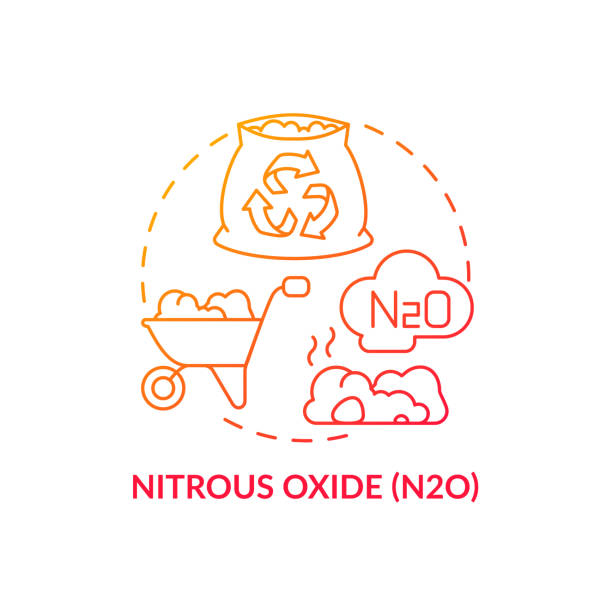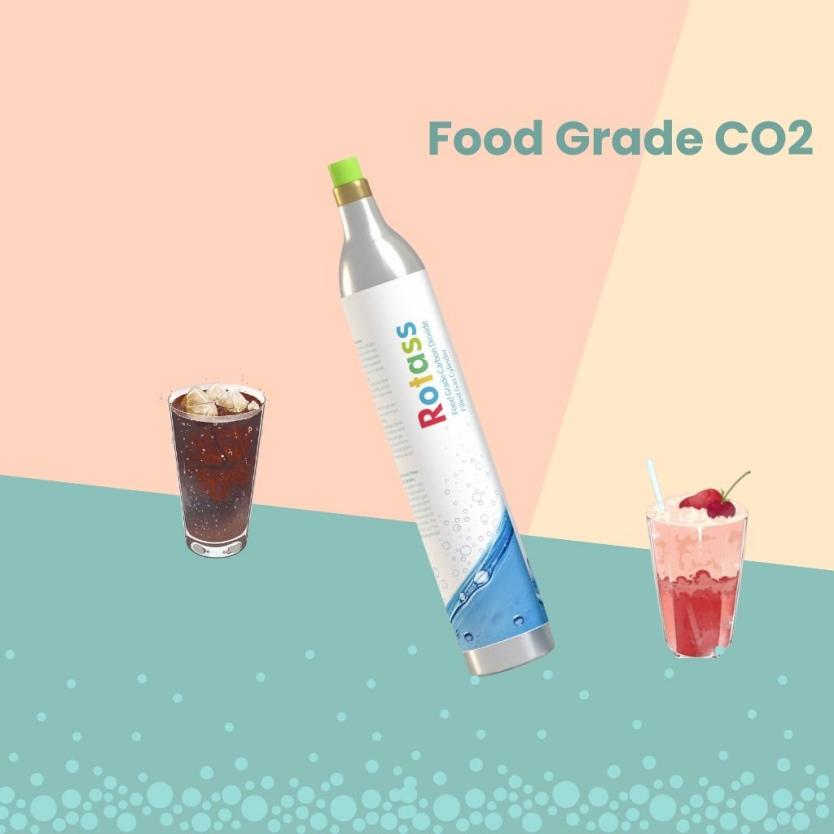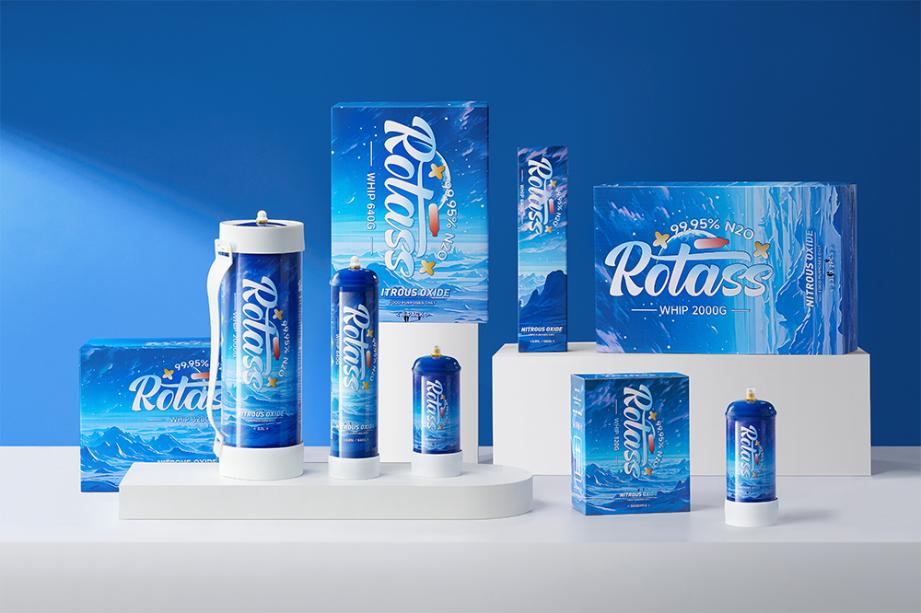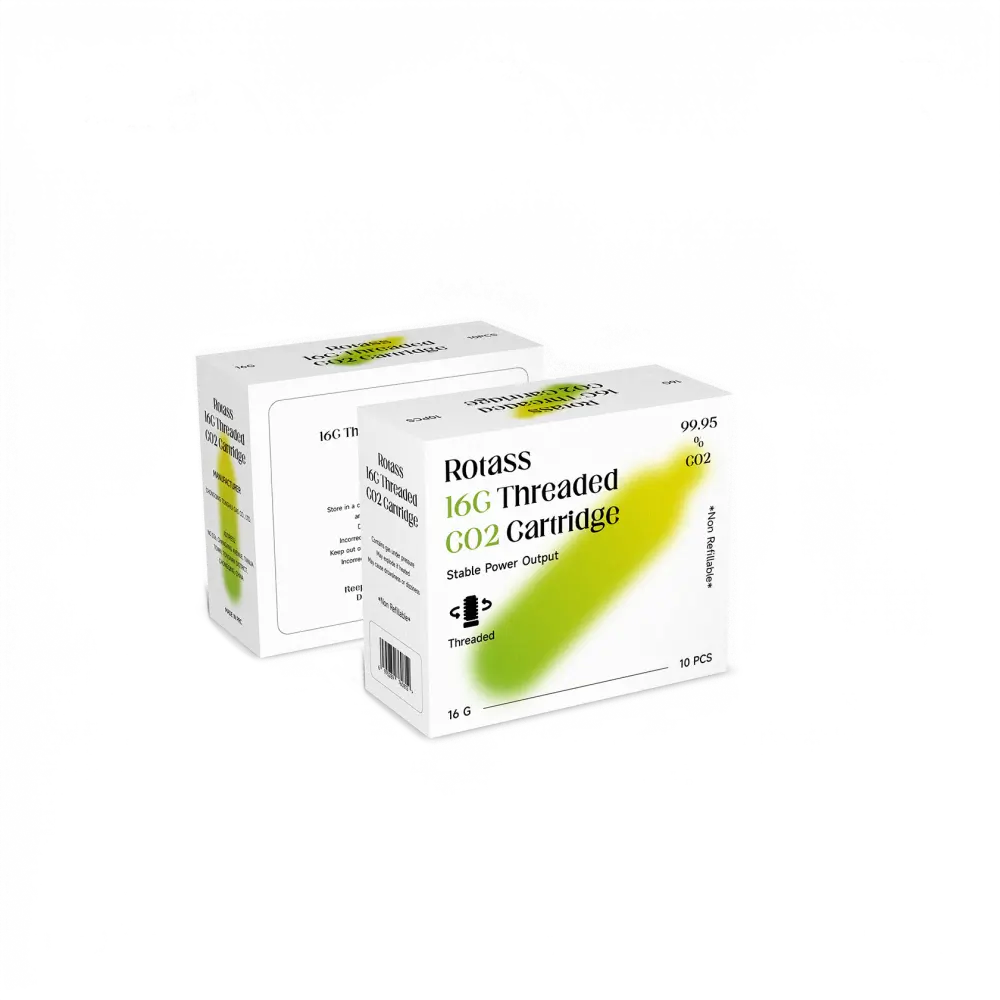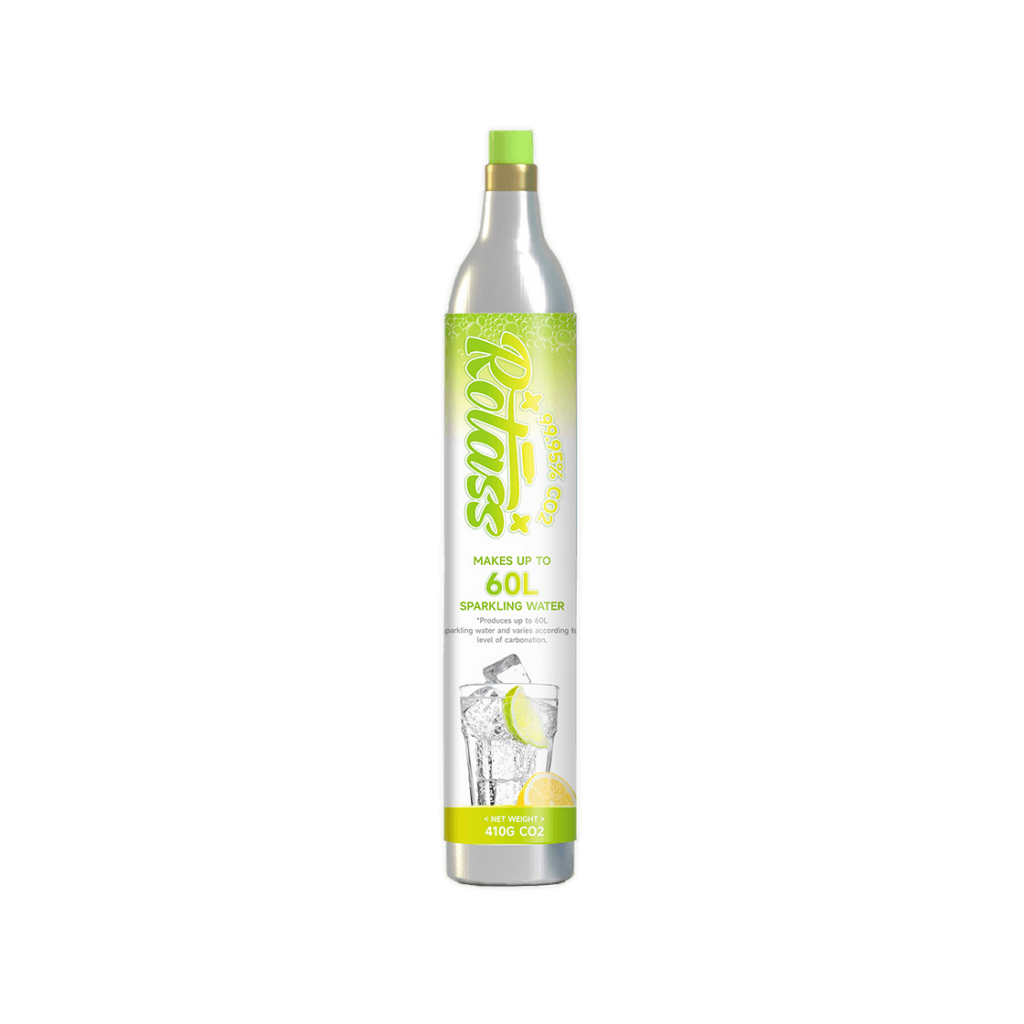2025 / 11 / 17
Which CO2 Carbonator Models Are Best Suited For Commercial Vs Home Use?
Table of Contents
Whether it’s for a sense of ceremony when drinking water at home or to enhance the quality of beverages in commercial Settings, inflating drinks by oneself is becoming a trend. Compared with buying ready-made sparkling water, DIY carbonation is not only more cost-effective but also allows you to freely adjust the intensity and taste of the bubbles, making the drink more in line with your personal taste.
However, when choosing carbonation equipment, the demand will diversely vary with the usage scenarios: household users place more emphasis on convenience and small space occupation, while commercial users pursue stability, continuous production capacity, and higher pressure management capabilities. Understanding these differences will help you find the right model more easily.
Home Carbonation System
Household appliances are often also called sparkling water machines or home soda water machines. They have a simple structure and are easy to operate, allowing users to turn ordinary drinking water into refreshing sparkling water within seconds and adjust the intensity of the bubbles according to their preferences.
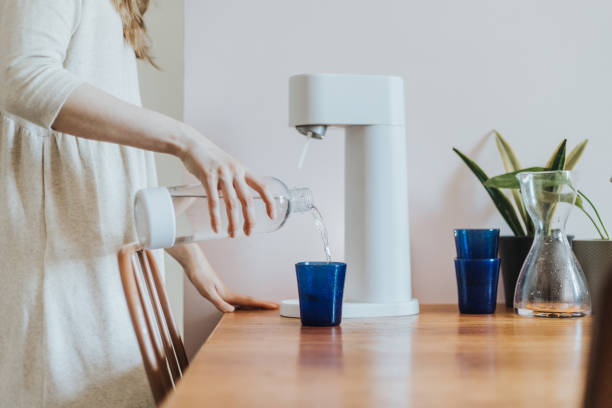
Home carbonators usually have the following characteristics:
- Compact in size and with a simple appearance, it is suitable for placement on kitchen countertops or small dining tables.
- The operation is simple, and it usually adopts press type or knob type gas filling.
- The maintenance threshold is low. Just replace the carbon dioxide cylinder and it can continue to be used.
- Suitable for light to moderate use, it meets the daily drinking needs of families.
How to manage household CO₂ cylinders?
Home users can not only make sparkling water, but also add bubbles to juice, tea and even cocktails. The flexibility of household systems makes personalized beverages easy and natural. Home appliances usually use small-capacity steel cylinders, which are convenient for replacement and storage. The replacement frequency mainly depends on the usage frequency. For general families, it is sufficient to replace it every few weeks to several months. Some brands also offer recycling and exchange services, making management more worry-free.
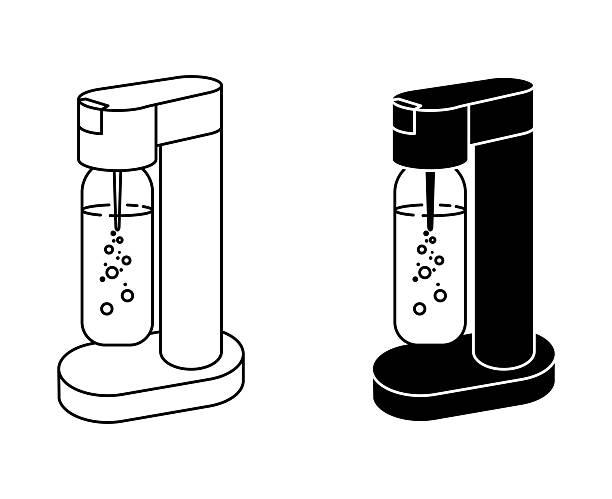
Advantages and disadvantages of home carbonators
Home carbonators on the market generally emphasize safety valve design, shock-absorbing structure and convenient gas cylinder installation methods. Brands like Rotass, which supply carbonated gas cylinders, have also become the choice of many household users due to their stability and compatibility.
Advantages
- Easy to use
- It takes up little space
- Low upfront cost
- Suitable for light daily use
- The bubble concentration can be adjusted at will
Disadvantage
- The capacity of the gas cylinder is limited and it needs to be replaced regularly
- It is not suitable for high-frequency or large-scale production
- Low-power models may experience a decline in efficiency when continuously filled with gas
Commercial Carbonation System
The commercial equipment is specially designed for scenarios such as restaurants, milk tea shops, coffee shops, and bars that require frequent mass production of beverages. They operate stably, can output consistent bubble effects for a long time, and are equipped with a higher-level pressure control system.
Commercial carbonation system is widely used in: sparkling water supply, cocktail mixing, carbonated beverages in tea and fruit shops, self-service beverage machines, large kitchens or beverage production areas of chain brands. In a business environment, a stable supply of carbonated beverages not only affects the quality of drinks but also directly determines the speed of cup production and operational efficiency.

Commercial Carbonation Systems Key Components
- High-capacity CO₂ gas cylinders
- Pressure regulating device and safety valve system
- Pressure gauges, pipelines and filtration systems
- Specialized carbonation unit
These components ensure stable operation under high load conditions and guarantee a consistent taste for every drink.
Procurement and logistics of commercial equipment
- Large CO₂ gas cylinders with a capacity of 10 to 60LB are mostly used
- Professional installation is required
- Some parts require regular maintenance
- Gas cylinder replenishment is usually delivered door-to-door by gas suppliers, and the process is stable and mature
As a supplier, Rotass larger capacity CO₂ gas cylinders are more common in commercial systems because their stable gas supply pressure and endurance can significantly reduce the frequency of replacement and improve operational efficiency.
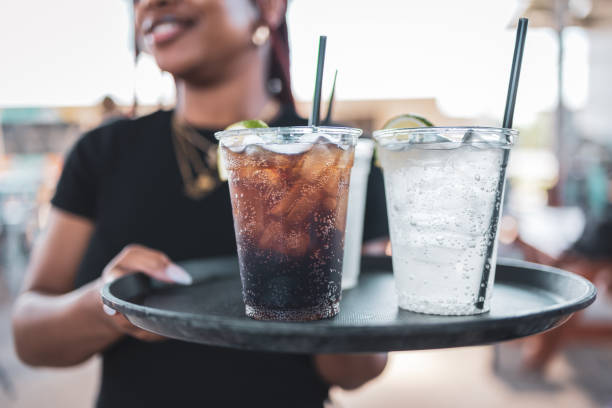
The advantages and disadvantages of commercial carbonators
Advantages
- It remains stable even under high-intensity use
- The gas output is more precise
- It is more suitable for making a variety of beverages
- The cost of CO₂ is lower (large bottles are more cost-effective
Disadvantage
- High initial investment
- Installation may require professionals
- It takes up relatively more space
Commercial vs Home: What Are the Differences?
1. The model positioning is completely different
| Category | Home Carbonation Systems | Commercial Carbonation Systems |
| Usage Frequency | Low to moderate | Medium to heavy, continuous operation |
| Core Needs | Convenience, compact size, low cost | Stability, high output capacity, precise pressure control |
| CO₂ Cylinder Capacity | Mostly small cylinders | Primarily large-capacity cylinders |
| Typical Scenario | Daily drinking, home beverages | Beverage shops, cafés, bars, chain stores |
Rotass gas cylinders are suitable for both household appliances and commercial systems due to their wide range of capacity options and strong compatibility. However, they perform particularly well in commercial scenarios, mainly because of their durability and stable gas supply.
2. The positioning of Rotass between household and commercial use
The product line of Rotass spans two categories: household and light commercial.
(1) The 1 L Soda Maker series of Rotass is more suitable for home use
Rotass household soda water maker are clearly marked as suitable for home environments and come with standard small CO₂ gas cylinders.
Suitable for: home users, office desktops, light personal use.
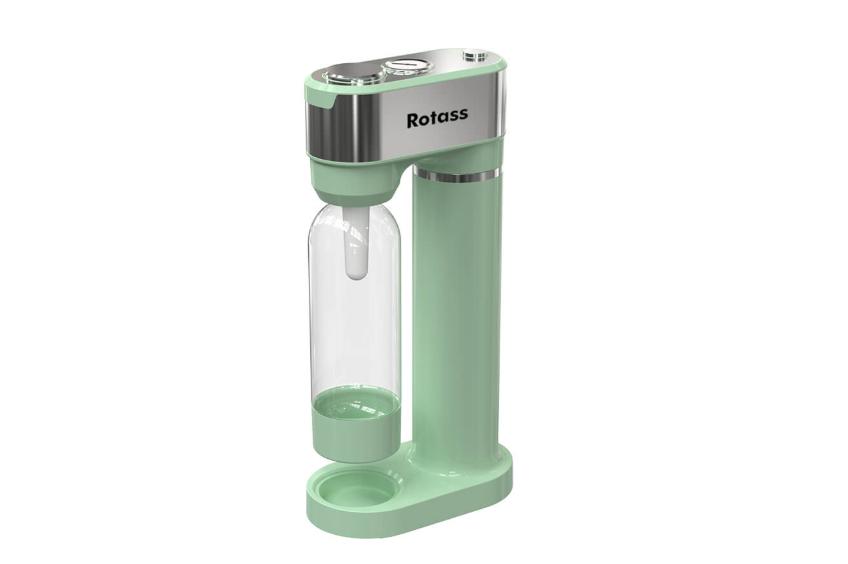
(2) For light commercial use, Rotass 60L CO₂ Carbonator is an option
Rotass 60L carbonized gas cylinder is suitable for both commercial and residential environments, and is ideal for small beverage shops, coffee shops, and low-traffic stores.
Suitable for: Small businesses that do not require large-scale systems but still hope for lower CO₂ costs.
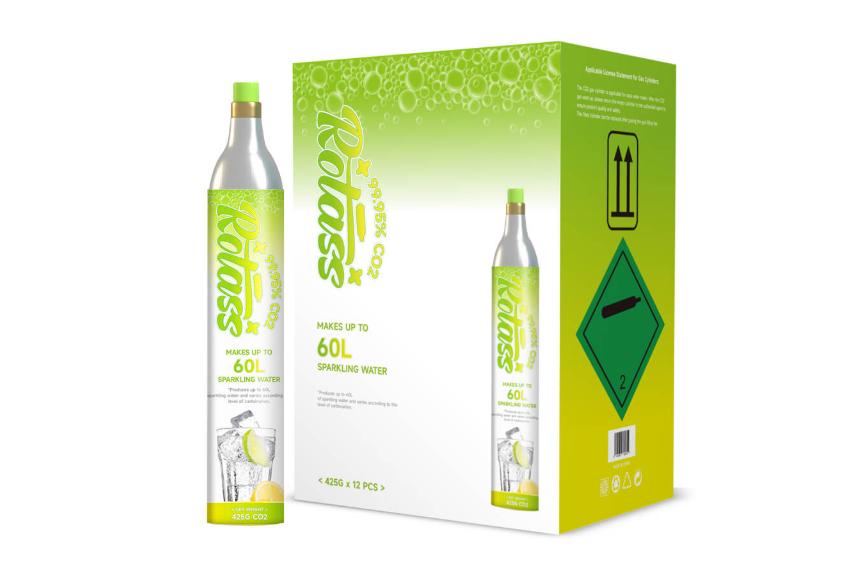
3. Differences in capacity and durability
- For home use: The lifespan and pressure upper limit are suitable for light use
- For commercial use: More robust structure, capable of withstanding high-pressure operation for a long time
- The capacity of CO₂ gas cylinders also varies: commercial ones tend to have larger capacities to reduce downtime and replacement frequency.
Final Words
Home and commercial carbonators may seem similar, but they are actually designed for completely different needs.
If you want to make sparkling water, specially mixed fruit juice or reduce sugary drinks at home, then a household carbonated water machine is more than sufficient. Rotass household appliances are very suitable in terms of size, operation experience and usage cost. If you are a small store and need a certain continuous production volume, then Rotass large-capacity gas cylinders are more cost-effective than household small steel cylinders and are more suitable for long-term use.

